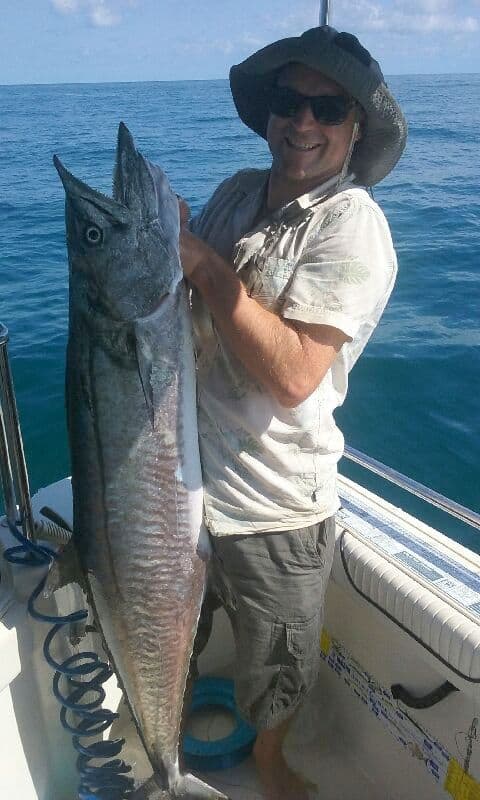NORTH WEST YARNS
Inevitably as I travel the northwest running skippers courses, I am not the only one telling stories. Some of my clients love telling a yarn or two, usually before we get into the nitty gritty of boating regulations, safety equipment and the like. I had a Royal Flying Doctor GP, John, from England in a class last week and he had lucked out with a one on one course due to a late cancellation. This took the pressure off both of us, so of course we shared yarns. He had planned to be in Port Hedland for one year, but was now into his fourth and loving it. His wife, also a GP, works in remote communities, while at any time he can be called as far afield as Darwin for medical emergencies. It was refreshing to meet someone who loved the lifestyle, enjoyed their job and was happily bringing up a family in what is sometimes a tough environment. However, by his own admission, he was lacking in waterbased activities, was looking to learn some new skills and then buy a boat to get amongst it, hence the skipper’s course.
He was very excited about the course, mainly because the day before a mate took him and his 8 year old son out on his 6.5m boat to introduce him to fishing out of Port Hedland. I mean REALLY OUT of Port Hedland. The first spot they stopped was a mere 70 kilometres out, but the fish were not happening, so they strolled out to another 100 kilometre location. John had travelled, including motoring around, about 240 kilometres in just one day and he looked like it too. Ruddy faced, drooping eyes and a very sore arm (explain later), but keen as mustard because they had landed (he knew the exact number) twenty five quality fish on the day, including red emperor, coral trout, snapper and pelagics.
So John couldn’t wait to tell me about his catch of the day, hooked while bottom bouncing. While reeling his line up, it went berserk, with all on board declaring definitely a shark. Well, it did everything just like a shark, which was head straight to the horizon and peel 80lb braid off at a rate of knots. It seemed an impossible battle. After twenty minutes or so the boat owner was within a whisker of cutting the line because locking the drag could not break the line, which was their intention. With John ever so slowly starting to retrieve some line and busting his gut to at least see the fish, they persisted with some careful vessel manoeuvring to assist. Finally, totally exhausted, all were shocked to see a 50lb Spanish mackerel come alongside the boat, foul hooked in the bony part of the tail, which explained the long fight. John’s photo shows him struggling, but proudly holding up his prize mackie. He reckons it might be quite some time before he ventures out that far himself, but in the meantime he’s got his skipper’s ticket to get started.
To answer last week’s question, in 2011, a professional diver photographed a tuskfish, with a clam shell in its mouth, smashing it against a rock to open it, which was regarded as the first documented use of a tool by Osteichthyes ( bony fish ). This week’s question is, ‘How long can a spanish mackerel live for?’
0409549356
Find us on seasoaringmarine

